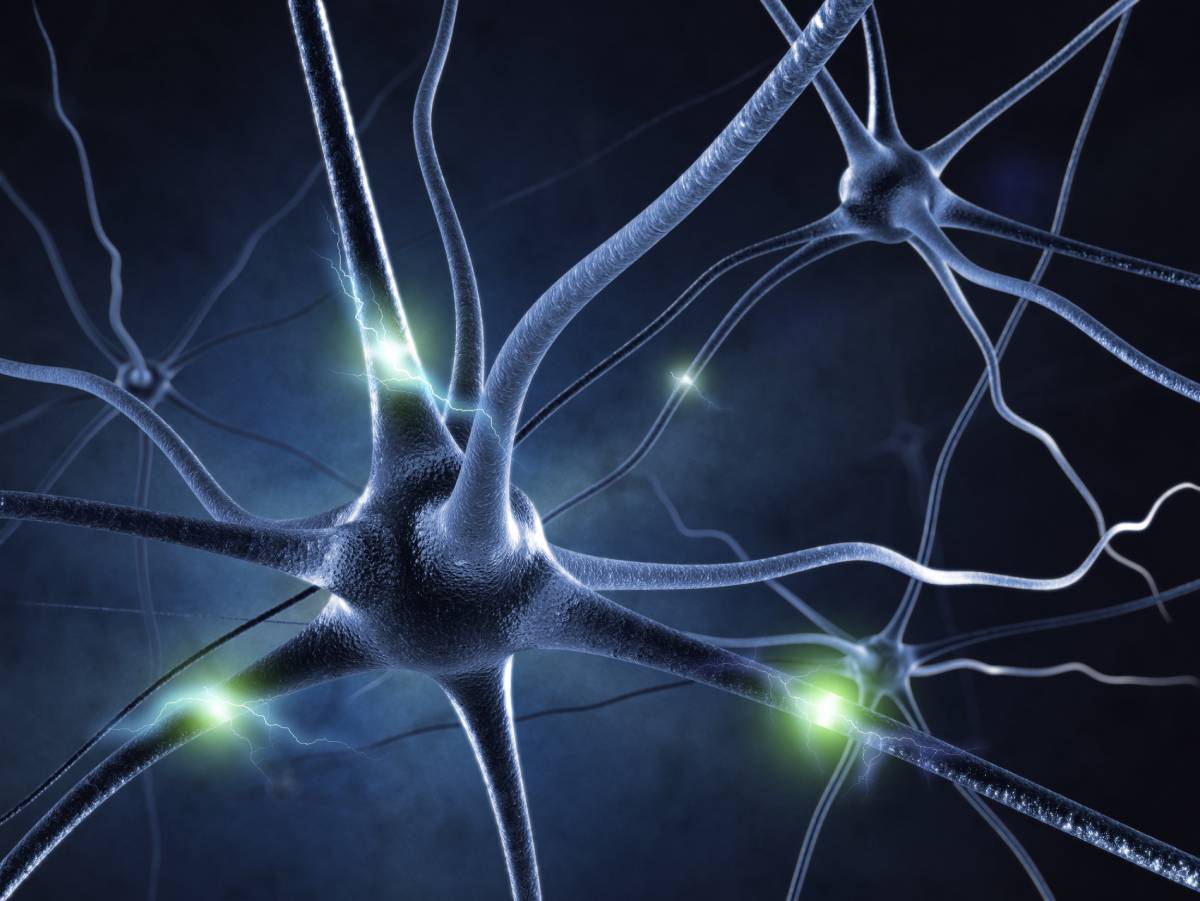Percutaneous Peripheral Nerve Stimulation for Postoperative Pain

Postoperative pain has been associated with a number of adverse outcomes, including emotional/psychological trauma, opioid addiction, and chronic pain. Moreover, studies have shown that postoperative pain due to inadequate analgesia is a fairly common experience – for example, a 2003 study showed that of the 80 percent of patients who reported feeling pain after surgery, 86 percent described the pain as moderate, severe, or extreme.1 There is therefore a need to improve postoperative analgesia. One method which poses a potential solution for postoperative pain management is percutaneous peripheral nerve stimulation, also known as neuromodulation.
Percutaneous peripheral nerve stimulation has been traditionally used to treat chronic pain, but few studies have studied it within the context of postoperative analgesia. To this end, researchers Ilfeld et al. sought to establish the efficacy of percutaneous peripheral nerve stimulation for pain relief following orthopedic surgery.2 A total of 66 patients aged 18 or older in need of rotator cuff repair, hallux valgus correction, anterior cruciate ligament repair with a patellar autograft, and ankle arthrodesis, or arthroplasty were included in the experiment. All patients underwent subcutaneous lead implantation; however, only half the patients received an electric current, while the remaining patients were in the “sham” control group. Leads were placed to target the brachial plexus, femoral nerve, or sciatic nerve, depending on surgery location, with the help of ultrasound technology. The electric current administered to the experimental group was delivered in a gradient, starting at 0 Hz and working up to a maximum of 100 Hz. On postoperative day 14, the leads were removed by medical professionals. Efficacy was measured based on two values: (1) self-reported pain score on a scale from 0 to 10, and (2) post-operative opioid consumption.
The authors reported very promising findings: the average reported pain of those in the percutaneous peripheral nerve stimulation group was 1.1, whereas in the sham group it was two full points higher. Not only that, but the median opioid consumption in the experimental group was five milligrams, compared to the significantly higher 48 milligrams in the control group. Notably, the treatment effect between the two groups did not vary significantly based on sex or surgical procedure. These results definitively supported the efficacy of percutaneous peripheral nerve stimulation for the treatment and prevention of postoperative pain.
While previous studies have demonstrated that placement of a subcutaneous lead can pose some difficulties – for example, lead dislodgement in nine percent of patients, as well as lead fracture in 20 percent of patients3,4 – the authors reported reduced frequency of such complications. None of their patients in either group experienced accidental dislodgement, and only three percent reported lead fractures. The authors contribute this success to the use of surgical glue at the point of entry to maintain the relative positioning of the lead; however, further research is needed to validate this hypothesis.
Given these findings, Ilfeld et al. concluded that subcutaneous peripheral nerve stimulation is both a safe and highly effective way to manage and prevent postoperative pain. Moreover, this method may prevent subsequent opioid dependency and the need for other analgesic drugs. While subsequent studies are necessary to validate the author’s conclusions, these initial results are certainly promising for the prevention of adverse patient outcomes due to postoperative pain.
References
1. Apfelbaum, J. L., Chen, C., Mehta, S. S., & Gan, T. J. (2003). Postoperative pain experience: results from a national survey suggest postoperative pain continues to be undermanaged. Anesthesia and Analgesia, 97(2), 534–540. https://doi.org/10.1213/01.ANE.0000068822.10113.9E
2. llfeld, B. M., Plunkett, A., Vijjeswarapu, A. M., Hackworth, R., Dhanjal, S., Turan, A., Cohen, S. P., Eisenach, J. C., Griffith, S., Hanling, S., Sessler, D. I., Mascha, E. J., Yang, D., Boggs, J. W., Wongsarnpigoon, A., Gelfand, H., & PAINfRE Investigators (2021). Percutaneous Peripheral Nerve Stimulation (Neuromodulation) for Postoperative Pain: A Randomized, Sham-controlled Pilot Study. Anesthesiology, 135(1), 95–110. https://doi.org/10.1097/ALN.0000000000003776
3. Ilfeld, B. M., Ball, S. T., Gabriel, R. A., Sztain, J. F., Monahan, A. M., Abramson, W. B., Khatibi, B., Said, E. T., Parekh, J., Grant, S. A., Wongsarnpigoon, A., & Boggs, J. W. (2019). A Feasibility Study of Percutaneous Peripheral Nerve Stimulation for the Treatment of Postoperative Pain Following Total Knee Arthroplasty. Neuromodulation: Journal of the International Neuromodulation Society, 22(5), 653–660. https://doi.org/10.1111/ner.12790
4. Ilfeld, B. M., Gabriel, R. A., Said, E. T., Monahan, A. M., Sztain, J. F., Abramson, W. B., Khatibi, B., Finneran, J. J., 4th, Jaeger, P. T., Schwartz, A. K., & Ahmed, S. S. (2018). Ultrasound-Guided Percutaneous Peripheral Nerve Stimulation: Neuromodulation of the Sciatic Nerve for Postoperative Analgesia Following Ambulatory Foot Surgery, a Proof-of-Concept Study. Regional Anesthesia and Pain Medicine, 43(6), 580–589. https://doi.org/10.1097/AAP.0000000000000819
